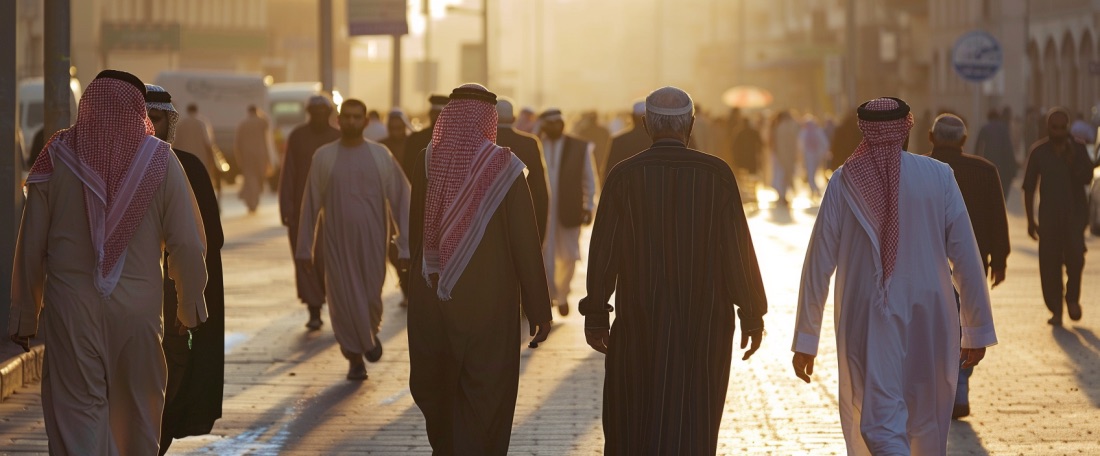Reviving Al-Daha: The Traditional Folk Art of Turaif Weddings
In the northern border town of Turaif governorate in Saudi Arabia’s Northern Border Province, weddings are not just about exchanging vows and rings. They are marked by the vibrant and energetic display of “Al-Daha” – a form of folk art deeply rooted in the region’s culture and history.
Al-Daha dance, the most famous type of folk art in the Northern Border Province, is not just a performance but a statement of cultural pride and celebration. It is a historical war dance known for its enthusiastic rhythm, aimed at either striking fear in enemies or celebrating victory after a battle.
With songs resembling lions’ roars and camels’ grunts, Al-Daha is performed by a group of young and old individuals collectively. It is a display of unity, strength, and tradition.
Khalaf Al-Karan, the Head of the Saudi Arabian Society of Culture and Arts in the Northern Border Province, emphasized the significance of Al-Daha heritage in preserving the northern heritage. The Al-Daha groups, consisting of 20 to 40 individuals specialized in this art form, play a crucial role in keeping this tradition alive.
The people of the region are committed to reviving their traditional arts and showcasing their cultural heritage, especially during national and social occasions like wedding seasons. It is a way to honor their ancestors, celebrate their heritage, and pass down the legacy to future generations.
The legacy department in the society works tirelessly to train the younger generation and nurture their talents in this beautiful genre. Through Al-Daha, the community continues to celebrate, rejoice, and connect with their roots in a dynamic and engaging way.

